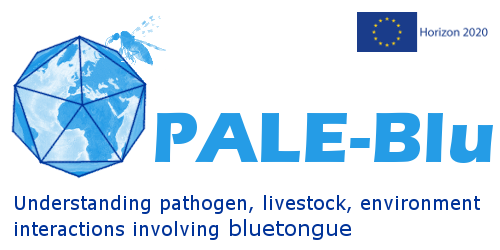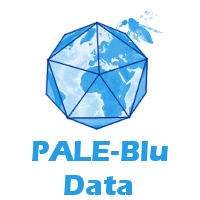Control of Animal Disease, Exemplified by Vaccination against Bluetongue in Ruminants
Source: EC VETERINARY SCIENCE Researcher’s Column - 2019
Elizabeth Reid*, Peter Mertens and David Haig School of Veterinary Medicine and Science, University of Nottingham, Sutton Bonington Campus, United Kingdom
Climate change and environmental degradation, along with an increasing human population that is predicted to reach 9.6 million by 2050, are putting enormous pressure on global food production and supplies. To meet these in-creasing demands, an intense international effort has been implemented and is beginning to gain traction, to change farming methods and improve the quality and sustainability of farmed crops and livestock.
With global demand estimated to increase by 70%, over the next 30 years, livestock will continue to be an important food and product resource. Livestock are not just an import-ant source of food, they also represent a vital source of in-come both in the richer developed countries, as well as for ~1 billion people that live in poverty worldwide, mainly in developing countries (http://www.fao.org/livestock-envi-ronment/en/). However, livestock are heavy users of land, water and crop resources and contribute to climate change. For these reasons, organisations such as the FAO are committed to facilitate the ‘sustainable development’ of live-stock, contributing to food security and poverty alleviation, while reducing their environmental footprint and use of resources (www.livestockdialogue.org).
One of the most important ways to increase livestock productivity and quality is to prevent losses due to dis-ease. Infectious diseases of livestock are a serious threat to animal welfare and productivity. As a result of climate change, environmental degradation and habitat loss for wild animals, as well as increased international travel and trade, farmed animals worldwide are experiencing multiple outbreaks of emerging and re-emerging diseases. Some of these diseases particularly those caused by viruses are zoo-notic and are capable of infecting and spreading to the hu-man population. The pandemic Influenza outbreak of 2009 was caused by influenza virus that had altered its genetic properties in pigs and subsequently jumped to the human population.
- Log in to post comments




